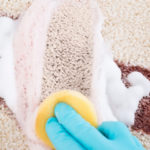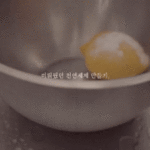The end of the year is often referred to as the “house cleaning season” for many families. During this time, everything in the house is taken out and cleaned to welcome a fresh, tidy, and clean new year. However, there are still some items that users forget during this process.
One of the familiar items in the living room that is used daily is the television. Many users assume that since it is an electronic device that is frequently used, the TV does not need cleaning. However, this is a misconception.
Experts say that the LCD screen of the TV, when used for a long time and exposed to air, can be easily damaged. Even when a thick layer of dust accumulates on the screen or on the cooling parts of the device, it can hinder the TV’s operation. As a result, the device’s lifespan will be reduced, and it may consume more energy. Additionally, a dusty screen can unintentionally cause the TV’s displayed images to be less sharp.
Therefore, if users have not had the habit of cleaning their TV in their living room, this end-of-year cleaning season should not be missed. Below are some tips and instructions for cleaning the TV, provided by manufacturers, distributors, and The Spruce website.
Safe steps for cleaning the TV
First, users need to prepare necessary tools, including:
– A soft cloth or specialized glass cleaning cloth
– A mild cleaning solution such as vinegar, water, or specialized cleaning agents
– A spray bottle, or a small bowl or basin of water
Experts emphasize that users should never use paper towels, toilet paper, wet wipes with alcohol, or old clothes to clean the TV, especially the screen. These materials can scratch or leave lint on the screen. In addition, alcohol, gasoline, engine oil, and nail polish remover should never be used. They can corrode and affect the screen’s quality, causing discoloration and blurriness.
Once all the necessary tools are prepared, users can proceed to carry out the steps of cleaning the TV.
Step 1: Turn off the power completely from the device. This step ensures the safety of both the device and the user during the cleaning process.
Step 2: Use a soft cloth to gently remove dust from the TV screen. Note that excessive force should not be used. When dusting, not only the screen should be cleaned but also other parts such as the plastic frame around the screen, the TV stand or legs, and the back of the TV.
Step 3: When the dust is relatively removed, proceed to deep clean the TV screen. Use the prepared cleaning solution and a separate soft cloth to gently wipe the entire screen. If there are stubborn stains on the screen that cannot be treated immediately during the first wipe, press lightly and wipe in a circular motion.
It is essential to saturate the solution into the cloth before wiping the TV screen, rather than directly spraying or applying the solution onto the screen. After wet cleaning the screen, do the same for other areas of the TV. In these areas, a spray bottle can be used to spray the cleaning solution and then wiped.
Finally, after wet cleaning the entire device, use a clean, soft cloth to dry it. Some parts of the TV that users can also clean are the power cords and the remote control. For power cords, use a cloth or paper to remove dirt and dust. As for the remote control, remove the batteries and use a damp cotton swab to clean the crevices.
To maintain a clear image, the TV screen should be dusted every week. However, in the event of liquid spills or food dropping on the TV or its surrounding area, they should be cleaned immediately, preferably as soon as possible.
According to Life and Law
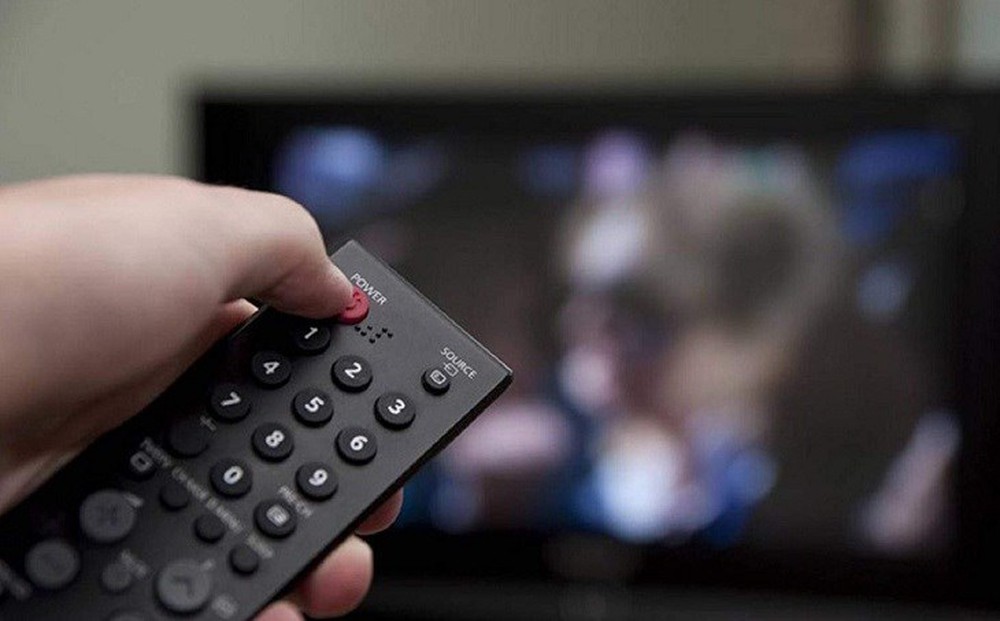

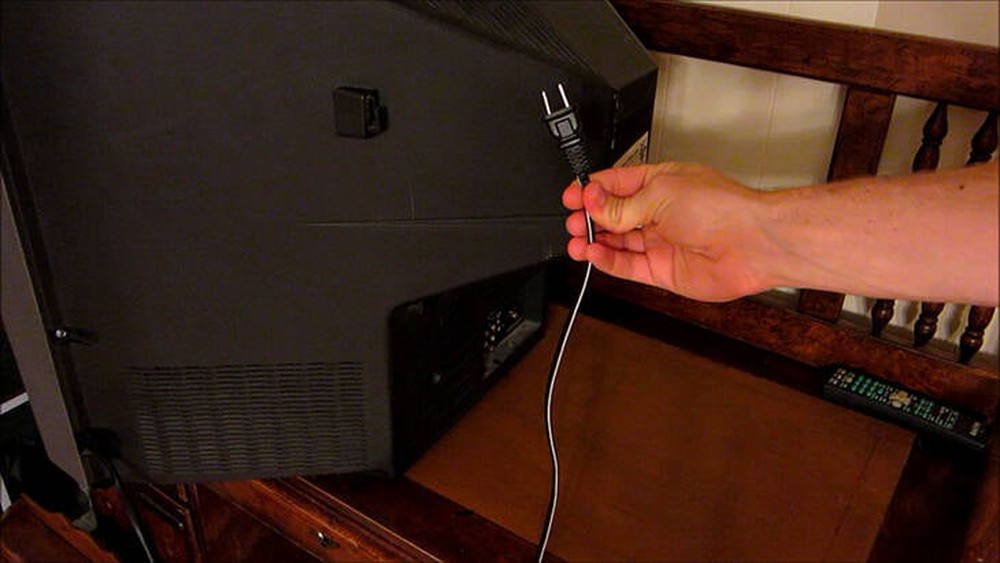
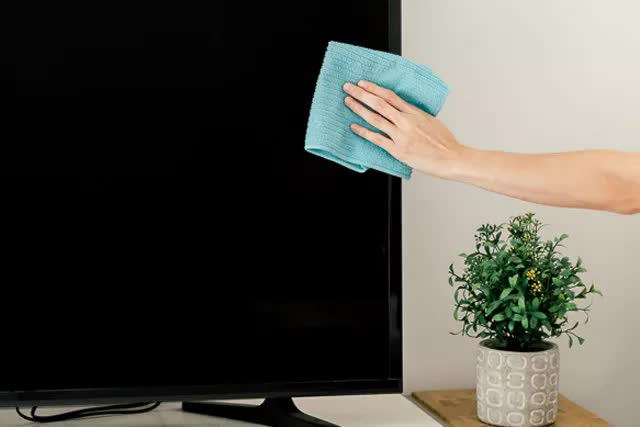
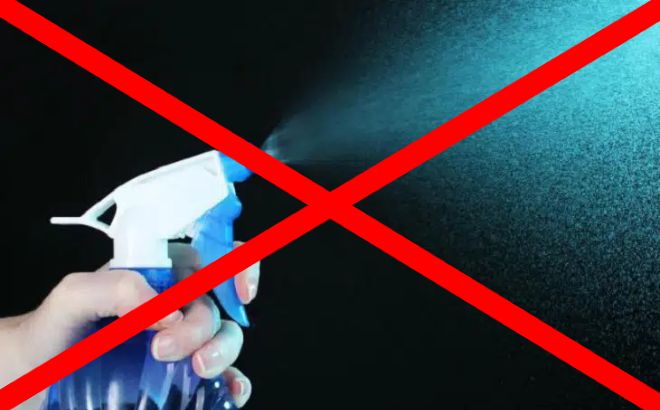
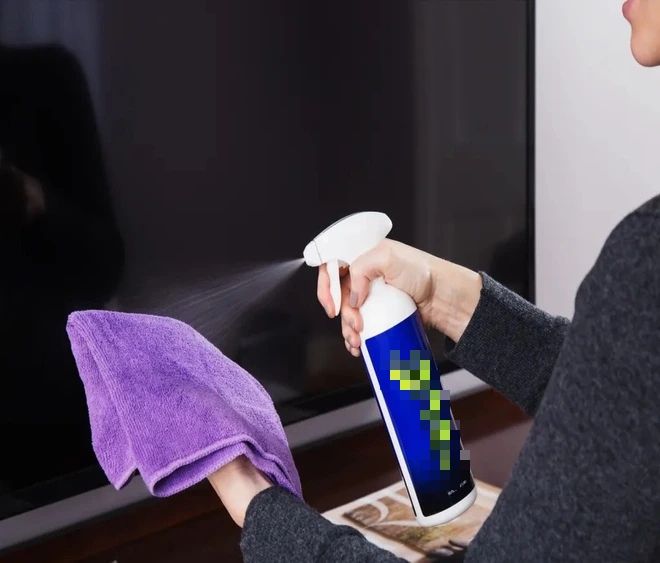
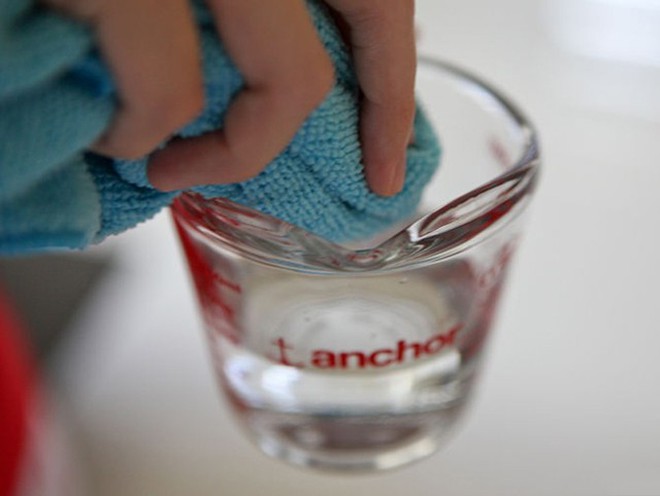
Learn the Japanese way to quickly, efficiently, and cleanly tidy up, so that cleaning is no longer a nightmare for women.
In Japan, it is a common belief that “tidying up” only means organizing personal belongings and not cleaning each room from the living room to the bedroom, kitchen, and so on. They believe that this is not a smart way to clean the house because after just a few minutes, everything will be scattered from one room to another.



